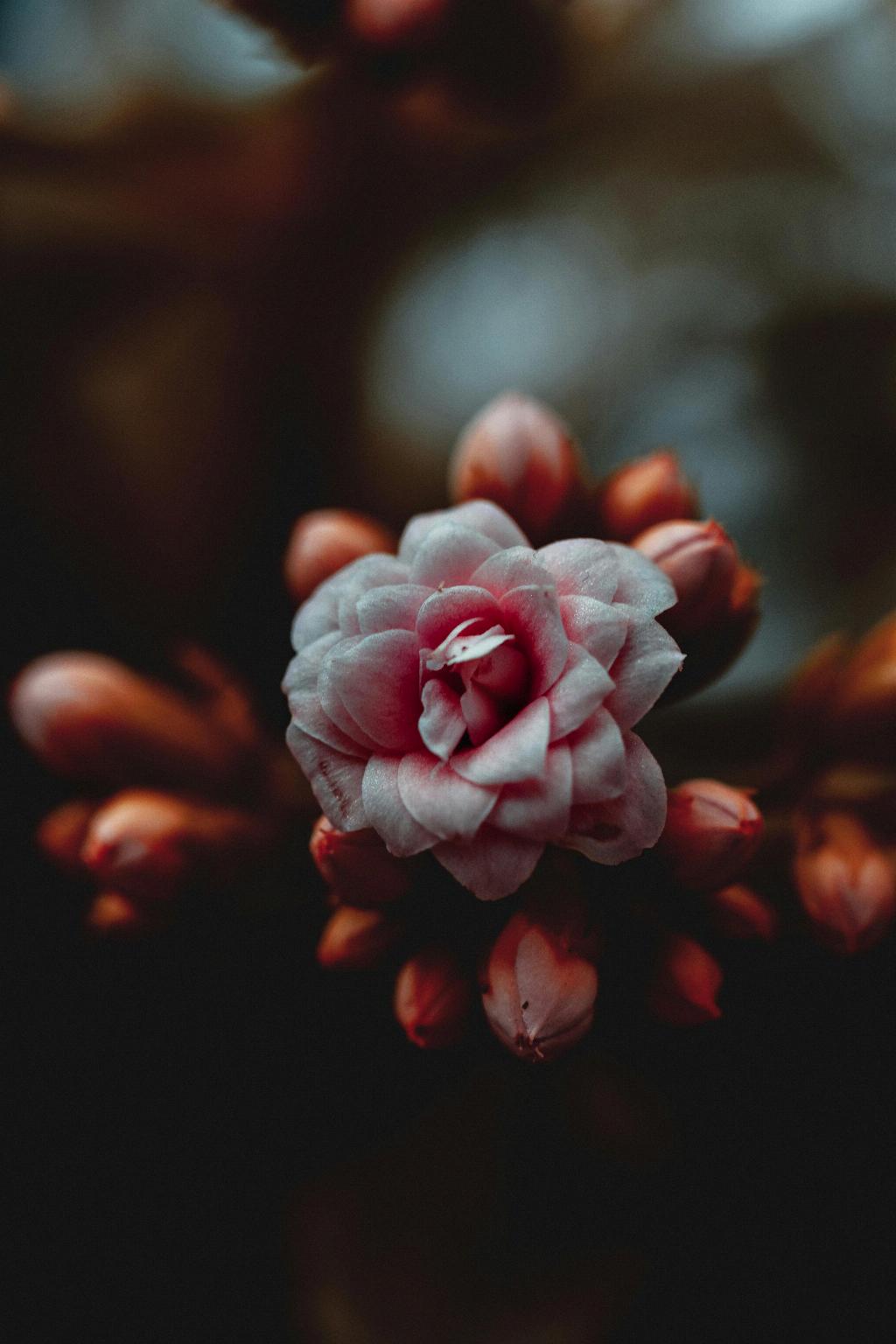If you’ve noticed your Begonias starting to show signs of browning leaves around the edges, you may be wondering what’s causing this common issue. The most frequent reason behind browning leaf edges on Begonias is related to their watering routine. When the soil around your Begonias becomes too dry between waterings, it can lead to the development of brown edges on the leaves.
It’s crucial to pay close attention to the moisture levels of the soil when caring for your Begonias. One key aspect to keep in mind is to water your Begonias when the soil has dried out to about 50-75% of its total volume. Make sure to avoid allowing the soil to completely dry out as this can have detrimental effects on the health of your Begonias.
To ensure proper watering, always make sure to thoroughly water your Begonias until you observe water flowing out of the drainage hole. This ensures that the roots of your Begonias receive adequate moisture, helping to prevent the development of brown edges on the leaves due to drought stress.
In addition to watering practices, factors such as humidity levels and light exposure can also impact the health of your Begonias. Begonias thrive in environments with high humidity levels, so if the air in your home is too dry, it could contribute to leaf browning. Consider using a humidifier or misting the air around your plants to create a more favorable growing environment.
Furthermore, Begonias prefer bright, indirect sunlight for optimal growth. Exposing your Begonias to direct sunlight can result in sunburn, leading to brown spots on the leaves. Ensure that your Begonias are placed in a location where they receive the right amount of light without being exposed to harsh sunlight that can damage their delicate foliage.
If you’ve ruled out issues related to watering, humidity, and light exposure, it’s important to consider other potential causes of browning leaves on your Begonias. Pests such as spider mites or fungal diseases can also lead to discoloration and browning of the leaves. Inspect your Begonias closely for any signs of pests or diseases and take appropriate measures to address these issues.
Another aspect to consider is the temperature around your Begonias. These plants prefer moderately warm temperatures and can be sensitive to extreme heat or cold. Fluctuations in temperature can stress your Begonias, leading to leaf discoloration. Make sure to maintain a consistent temperature range to ensure the well-being of your plants.
When it comes to fertilizing Begonias, it’s essential to provide them with the right nutrients to support healthy growth. Using a balanced liquid fertilizer formulated for flowering plants can help prevent nutrient deficiencies that may contribute to leaf browning. Be cautious not to over-fertilize your Begonias, as this can also result in leaf damage.
Proper air circulation is another crucial factor in maintaining the health of your Begonias. Stagnant air can create favorable conditions for fungal diseases, which can manifest as browning spots on the leaves. Ensure that your Begonias are placed in an area with good air circulation to prevent issues related to poor ventilation.
Regularly inspecting your Begonias for any signs of stress or damage is key to addressing issues promptly. By being proactive in your plant care routine, you can identify and mitigate potential problems before they escalate. Stay observant and attentive to the needs of your Begonias to ensure they remain healthy and vibrant.
In conclusion, understanding the factors that contribute to browning leaves on your Begonias is essential for providing optimal care for these beautiful plants. By maintaining proper watering practices, ensuring adequate humidity and light levels, monitoring for pests and diseases, and addressing any environmental factors that may impact the health of your Begonias, you can help prevent leaf browning and promote thriving growth in your beloved plants.

